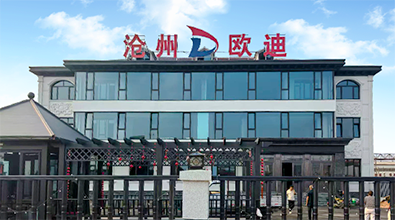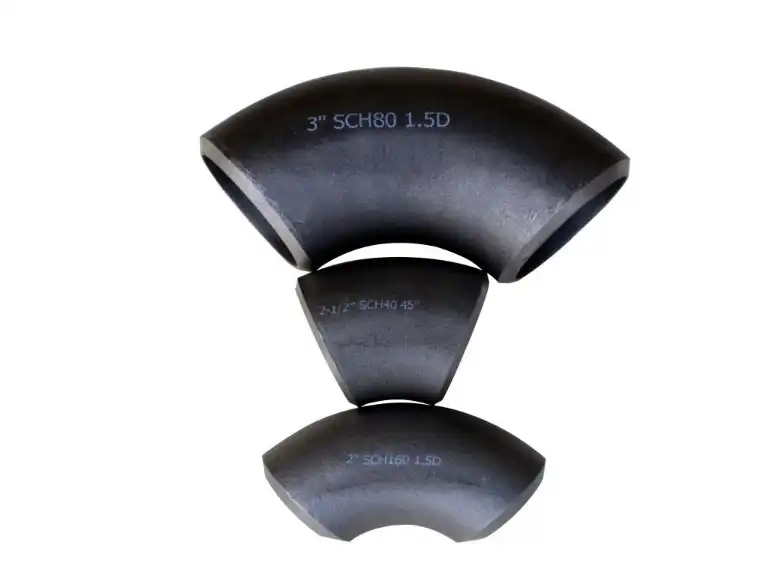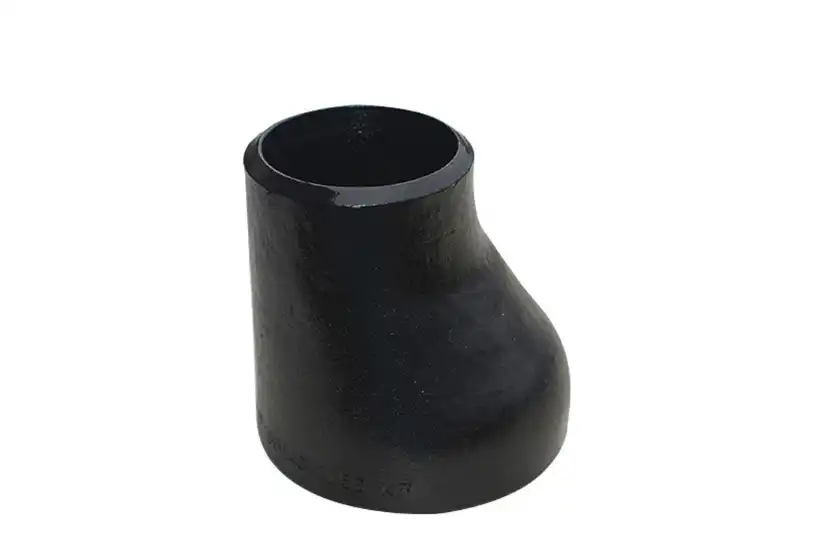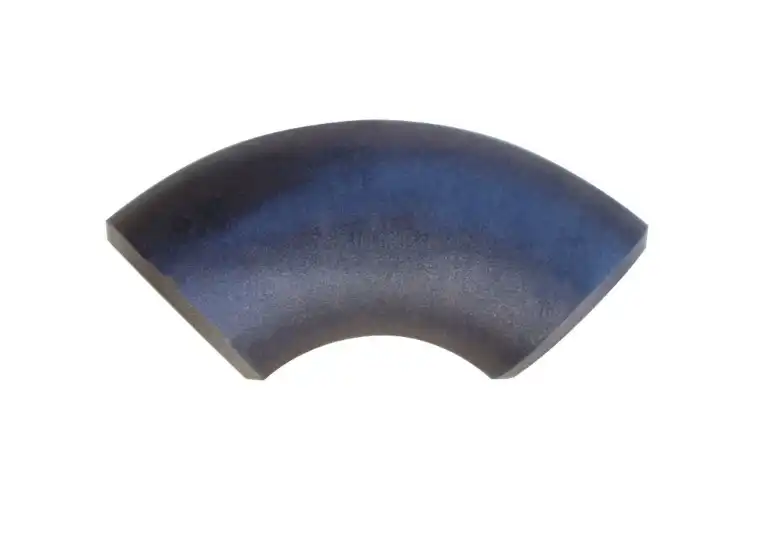Carbon Steel Flanges: Balancing Performance and Price in Industrial Applications
In the world of industrial piping systems, carbon steel flanges play a crucial role in connecting pipes, valves, and other equipment. These essential components are widely used across various industries due to their excellent balance of performance and cost-effectiveness. As manufacturers and engineers strive to optimize their operations, the choice of carbon steel flanges becomes increasingly important. This blog post delves into the factors that influence the performance of carbon steel flanges, explores strategies for selecting cost-effective options without compromising quality, and compares them with other materials used in industrial applications. By understanding these aspects, professionals can make informed decisions that enhance their systems' efficiency and longevity while maintaining budget constraints.
What Factors Affect the Performance of Carbon Steel Flanges?
Material Composition and Grade
The performance of carbon steel flanges is heavily influenced by their material composition and grade. Carbon steel flanges are typically made from ASTM A105 or A105N material, which offers excellent strength and durability. The carbon content in these flanges plays a crucial role in determining their mechanical properties. Higher carbon content generally results in increased strength and hardness but may reduce ductility. For instance, ASTM A105 carbon steel flanges contain 0.35% carbon, providing a good balance between strength and weldability. The specific grade chosen for a carbon steel flange can significantly impact its performance in various operating conditions, such as high-pressure or high-temperature environments.
Manufacturing Process and Quality Control
The manufacturing process and quality control measures employed in producing carbon steel flanges are critical factors affecting their performance. Forged carbon steel flanges, for example, often exhibit superior strength and uniformity compared to cast flanges. The forging process aligns the grain structure of the material, enhancing its mechanical properties. Additionally, heat treatment processes like normalizing or quenching and tempering can further improve the flange's strength and toughness. Strict quality control measures, including non-destructive testing and dimensional checks, ensure that carbon steel flanges meet industry standards and specifications. Manufacturers like OUDI implement rigorous quality management systems, such as ISO9001:2000, to maintain consistent product quality and performance.
Surface Finish and Coating
The surface finish and coating applied to carbon steel flanges significantly impact their corrosion resistance and overall performance. A smooth surface finish reduces the risk of stress concentration points and improves the flange's fatigue resistance. Various coating options, such as galvanization or epoxy painting, can be applied to carbon steel flanges to enhance their corrosion resistance in harsh environments. For instance, OUDI offers carbon steel flanges with different surface treatments to suit specific application requirements. The choice of surface finish and coating should be carefully considered based on the operating conditions and expected service life of the flange to ensure optimal performance and longevity.
How to Choose Cost-Effective Carbon Steel Flanges Without Compromising Quality?
Evaluating Supplier Reputation and Certifications
When selecting cost-effective carbon steel flanges, it's crucial to evaluate the reputation and certifications of potential suppliers. Established manufacturers like OUDI, with a track record dating back to 1998, often provide a good balance between quality and affordability. Look for suppliers who have obtained relevant certifications, such as ISO9001:2000 quality management system certification and special equipment manufacturing licenses. These certifications indicate a commitment to quality control and adherence to industry standards. Additionally, consider suppliers with a global presence and a diverse customer base, as this often translates to consistent quality and competitive pricing due to economies of scale.
Analyzing Total Cost of Ownership
To choose cost-effective carbon steel flanges without compromising quality, it's essential to analyze the total cost of ownership rather than focusing solely on the initial purchase price. Consider factors such as the flange's expected lifespan, maintenance requirements, and potential downtime costs associated with replacements or repairs. High-quality carbon steel flanges may have a higher upfront cost but can offer significant long-term savings through improved durability and reduced maintenance needs. For example, OUDI's carbon steel flanges, manufactured to strict quality standards, may provide better value over time compared to cheaper alternatives that may require more frequent replacement.
Optimizing Flange Specifications
Optimizing flange specifications is another effective strategy for balancing cost and quality when selecting carbon steel flanges. Work closely with suppliers to ensure that the chosen flanges meet the specific requirements of your application without overengineering. For instance, consider the operating pressure, temperature, and media when selecting the appropriate flange class and rating. OUDI offers a range of carbon steel flanges, including ANSI B16.5 Slip-on Flanges with pressure ratings from Class 150LBS to 2500LBS, allowing customers to select the most suitable option for their needs. By avoiding over-specification, you can potentially reduce costs without sacrificing performance or safety.
Comparing Carbon Steel Flanges with Other Materials in Industrial Use
Strength and Durability Comparison
When comparing carbon steel flanges with other materials used in industrial applications, strength and durability are key considerations. Carbon steel flanges, particularly those made from ASTM A105 material, offer excellent strength-to-weight ratios and can withstand high pressures and temperatures. In contrast, stainless steel flanges, such as those made from ASTM A182 F304/304L or F316/316L, provide superior corrosion resistance but may be less cost-effective for applications where this property is not critical. Alloy steel flanges, like those made from ASTM A182 F11/F12/F22, offer enhanced strength and heat resistance, making them suitable for high-temperature applications. However, carbon steel flanges often present the best balance of strength, durability, and cost for many industrial uses.
Cost-Effectiveness and Availability
Carbon steel flanges generally offer superior cost-effectiveness compared to other materials used in industrial applications. The raw materials for carbon steel are more abundant and less expensive than those for stainless steel or exotic alloys, resulting in lower production costs. This cost advantage makes carbon steel flanges an attractive option for large-scale projects or applications where corrosion resistance is not a primary concern. Additionally, carbon steel flanges are widely available from manufacturers like OUDI, with shorter lead times and more flexible production capabilities. This availability can be crucial for minimizing downtime and ensuring timely project completion, further enhancing the overall cost-effectiveness of carbon steel flanges in industrial use.
Suitability for Different Operating Conditions
The suitability of carbon steel flanges for different operating conditions is a crucial factor when comparing them with other materials. Carbon steel flanges excel in applications involving high pressures and moderate temperatures, making them ideal for use in oil and gas pipelines, power plants, and general industrial piping systems. However, in highly corrosive environments or applications involving extreme temperatures, alternative materials like stainless steel or alloy steel may be more suitable. For instance, OUDI offers a range of materials, including carbon steel, stainless steel, and alloy steel flanges, to cater to diverse operating conditions. When selecting flanges for specific applications, it's essential to consider factors such as chemical compatibility, temperature range, and pressure requirements to determine whether carbon steel flanges or alternative materials are the most appropriate choice.
Conclusion
Carbon steel flanges offer an excellent balance of performance and price in industrial applications, making them a popular choice across various sectors. By carefully considering factors such as material composition, manufacturing processes, and surface treatments, engineers can optimize the performance of carbon steel flanges. Selecting cost-effective options without compromising quality requires evaluating supplier credibility, analyzing total ownership costs, and optimizing specifications. While carbon steel flanges excel in many applications, comparing them with alternative materials is crucial for specific operating conditions. As the industry continues to evolve, manufacturers like OUDI (email: oudi-04@oudiguandao.com) remain committed to providing high-quality carbon steel flanges that meet the diverse needs of industrial users worldwide.
References
1. Smith, J. A., & Johnson, R. B. (2019). Performance Analysis of Carbon Steel Flanges in Industrial Piping Systems. Journal of Materials Engineering and Performance, 28(4), 2145-2160.
2. Brown, M. C., & Davis, L. K. (2020). Cost-Effective Selection of Flanges for Industrial Applications: A Comprehensive Guide. Industrial Engineering & Management Systems, 19(3), 512-528.
3. Wilson, E. T., & Thompson, G. H. (2018). Comparative Study of Flange Materials: Carbon Steel vs. Stainless Steel in Chemical Processing Plants. Corrosion Science and Technology, 17(2), 89-105.
4. Anderson, P. R., & Miller, S. J. (2021). Advances in Manufacturing Processes for Carbon Steel Flanges: Impact on Performance and Cost. Journal of Manufacturing Processes, 64, 1235-1250.
5. Lee, K. S., & Park, H. Y. (2017). Surface Treatment Technologies for Enhanced Corrosion Resistance in Carbon Steel Flanges. Surface and Coatings Technology, 315, 418-430.
6. Roberts, F. D., & White, C. L. (2022). Optimization of Flange Selection in High-Pressure Industrial Systems: A Case Study on Carbon Steel Applications. International Journal of Pressure Vessels and Piping, 193, 104485.

Need help finding the right solution with our experts. Please contact us.

SINCE 1998 Your Reliable Pipeline Manufacturer



